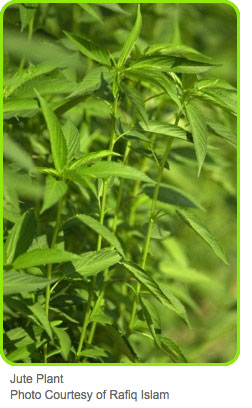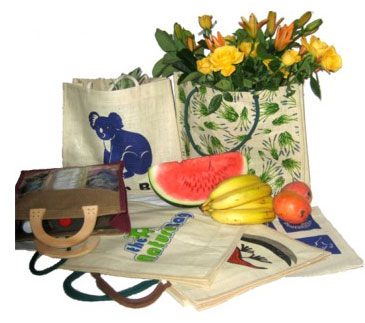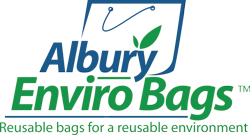Albury Enviro Bags supports the International Year of Natural Fibres 2009. We support the use of natural fibres such as jute and cotton in the production of reusable bags and promotional bags. The information below has been sourced from the Natural Fibres 2009 web site and the International Jute Study Group.
The International Year of Natural Fibres, which was officially launched on 22 January 2009, is intended to stimulate demand for natural fibres by increasing the awareness of their advantages and by promoting the efficiency of the natural fibres industries. At the request of the Food and Agriculture Organisation (FAO), the declaration of 2009 as The International Year of Natural Fibres was made by the United Nations on 20th December 2006.
Types of Natural Fibres
The FAO has listed the following 15 natural fibres
Plant Fibres
- Abaca
- Coir
- Cotton
- Flax
- Hemp
- Jute
- Ramie
- Sisal
Animal Fibres
- Alpaca
- Angora
- Camel
- Cashmere
- Mohair
- Silk
- Wool
Jute Video

Jute, a Natural Fibre of Increasing Importance for the Environment.
Jute (Corchorus capsularis & Corchorus olitorius) is a natural vegetable fibre second to cotton in importance. The annual global production of jute and similar fibres is about 3 million tonnes.

Jute is a rain fed crop, requiring 1000mm of annual rainfall, which is cultivated mainly in Bangladesh, India and Thailand which account for more than 90 percent of world production. Jute is very fast growing, reaching a height of up to 4.5 meters in a period of 5 months. Jute fibre, which is is a long, soft, shiny natural fibre that can be spun into coarse, strong threads, is extracted from plants through various stages such as retting, stripping, washing and drying. The colour of jute varies from light tan to brown and it can be easily bleached or dyed. Jute is a crop grown predominantly by small farmers in developing countries such as India and Bangladesh where it is estimated that 4 million farmers and their families earn their living from jute cultivation.Since mechanical harvesting is not appropriate on small jute farms, jute is usually harvested by hand with stems being cut close to the ground and left in the field for a few days to defoliate. Jute cultivation is therefore labour-intensive and provides an income for many small farmers. Jute fibre is used to produce hessian cloth, bags, carpet backing and geo-textiles.
Jute has various environmental advantages when compared to competing products. Jute plants require minimal amounts of fertiliser and pesticides compared to other crops and jute cleans the air by consuming large quantities of greenhouse causing CO2. One hectare of jute plants can consume about 15 tons of CO2 and release about 11 tons of oxygen during the jute growing season. Jute is a renewable energy source with a high production per hectare. The biological efficiency of jute farming means that jute agriculture has a low environmental impact compared to other crops. Jute and jute products are biodegradable, compostable, and environmentally friendly.
Because of the environmental advantages of natural fibres such as jute, the prospects for the world jute industry have improved considerably. Although the increased consumption of synthetic polypropylene plastic has had a negative effect on the jute industry in recent years, jute is now being seen as a better environmental alternative to such synthetic products. See our in depth article comparing the environmental advantages of jute with polypropylene.

Improvements in the production and processing of jute which would make jute more cost competitive would no doubt see this natural fibre continue to increase its share of the world market. Jute shopping bags are more environmentally friendly than either synthetic non woven polypropylene bags or conventional cotton bags, which require large amounts of water and chemicals to be grown successfully. Of course organic cotton is superior to conventional cotton from an environmental perspective.




